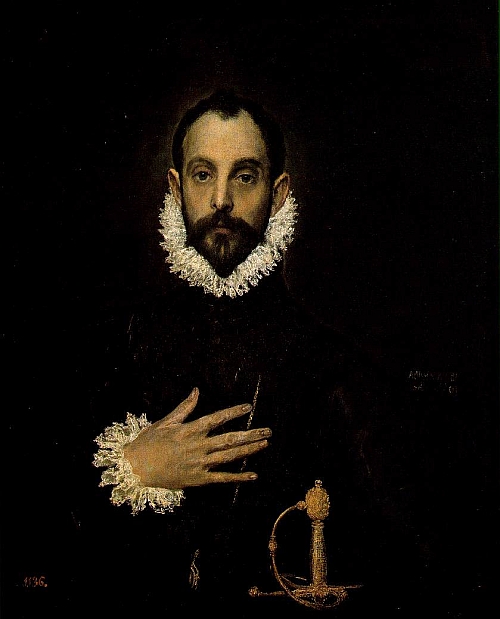Why is this book getting two reviews? Well, because Parts I and II were originally published as two different novels, ten years apart. Also, because it’s Don Freaking Quixote .
Now, in my review of Part I, I expressed my admiration for the brilliant satire, and for literature
willing to poke some fun at itself. But I also kind of lamented Cervantes’
penchant for narrative wandering, for squeezing unrelated stories and novellas
into his tale of Don Quixote and Sancho Panza. I think I might have used the phrases
“storyteller’s orgy” and “a Canterbury
Tales Smorgasbord of travellers’
yarns.”
Thankfully, Part II
opens up with some frank admissions of the author’s prior lack of focus, and a
commitment to stick to the main story in the second part. There are even times
later on in the book when he is tempted to launch into something more, but
restrains himself:
“Here the author depicts all the details of Don Diego’s house, portraying for us what the house of a wealthy gentleman farmer contains, but the translator of this history decided to pass over these and other similar minutiae in silence, because they did not accord with the principal purposed of the history, whose strength lies more in its truth than in cold digressions.”
But even with a greater
focus on the core story of his famous knight errant, this book is a long one.
And rather than apologize for his verbosity, Cervantes hangs a lantern on it
and helps the reader appreciate the author’s attention to detail:
“Really and truly, all those who enjoy histories like this one ought to show their gratitude to Cide Hamete, its first author, for his care in telling us its smallest details and clearly bringing everything, no matter how trivial, to light. He depicts thoughts, reveals imaginations, responds to tacit questions, clarifies doubts, resolves arguments; in short, he expresses the smallest points that curiosity might ever desire to know. O celebrated author! O fortunate Don Quixote! O famous Dulcinea! O comical Sancho Panza! Together and separately may you live an infinite number of years, bringing pleasure and widespread diversion to the living.”
And what a pantload of
awesome detail we get. I love how Cervantes takes the 17th century
reader reaction to Part I, and makes it a plot driver in Part II. He’s
interacting with his audience and blurring the lines between fiction and
reality in a way that was lightyears ahead of its time. And he’s hilarious
while doing it. Sancho is a veritable proverb-generating machine, and in a
“didn’t-see-that-coming” plot turn, he also turns out to be a pretty competent
governor. Don Quixote, too, is a fount of eternal wisdom in Part II—to the
point where other characters are constantly asking themselves how such a
well-spoken, reasonable man can be so completely off his rocker when it comes
to knight errantry. Which brings me to Cervantes’ real piece-de-resistance: his
turning the question of Quixote’s insanity completely on its head.
We’re absolutely
convinced, when he descends into the Caves of Montesino and produces a fanciful
tale of all the wonders he saw there, that the man is flat-out delusional. But
after the knight and his squire are supposedly flown blindfolded through the
sky on what is actually a stationary wooden horse in front of a mocking
audience, and Sancho makes up a story every other character knows to be false,
Quixote delivers an aside that made me question all my assumptions up to that
point:
“Sancho, just as you want people to believe what you have seen in the sky, I want you to believe what I saw in the Cave of Montesinos. And that is all I have to say.”
By the end of the book
the reader is forced to say, wait a second, who’s actually crazy here? The
supposed lunatic? Or all the people who make fun of him, but who may in fact be
falling for some masterful, rope-a-dope scheme by an old man trying to carve a little
adventure out of his remaining years? I was leaning toward the latter, even before Cervantes gives us this passage:
“Cide Hamete goes on to say that in his opinion the deceivers are as mad as the deceived, and that the duke and duchess came very close to seeming like fools since they went to such lengths to deceive two fools…”
Part I, despite its
faults, was entertaining. In Part II, we see Miguel Cervantes flat out kicking
ass and taking names. Quixote finally earns some long-overdue victories (along with one crushing defeat),
fiction melts into reality, the stupid turn out to be wise, and the crazy may
not be who we think they are. Oh, and he absolutely eviscerates AlonsoFernandez de Avelleneda for infringement on his Intellectual Property. How this thing was written
in the early 1600s absolutely blows my mind. I highly, highly recommend it.














